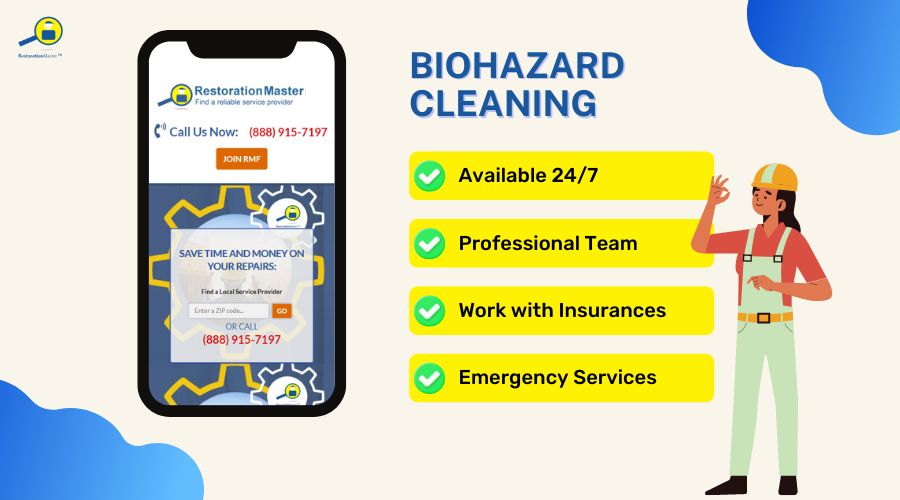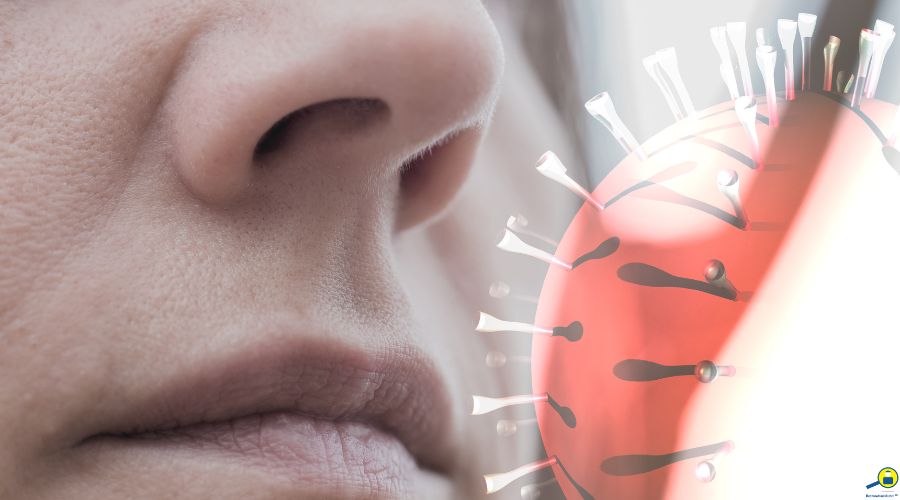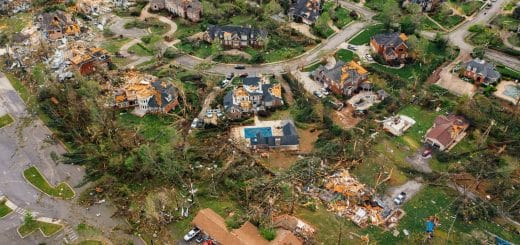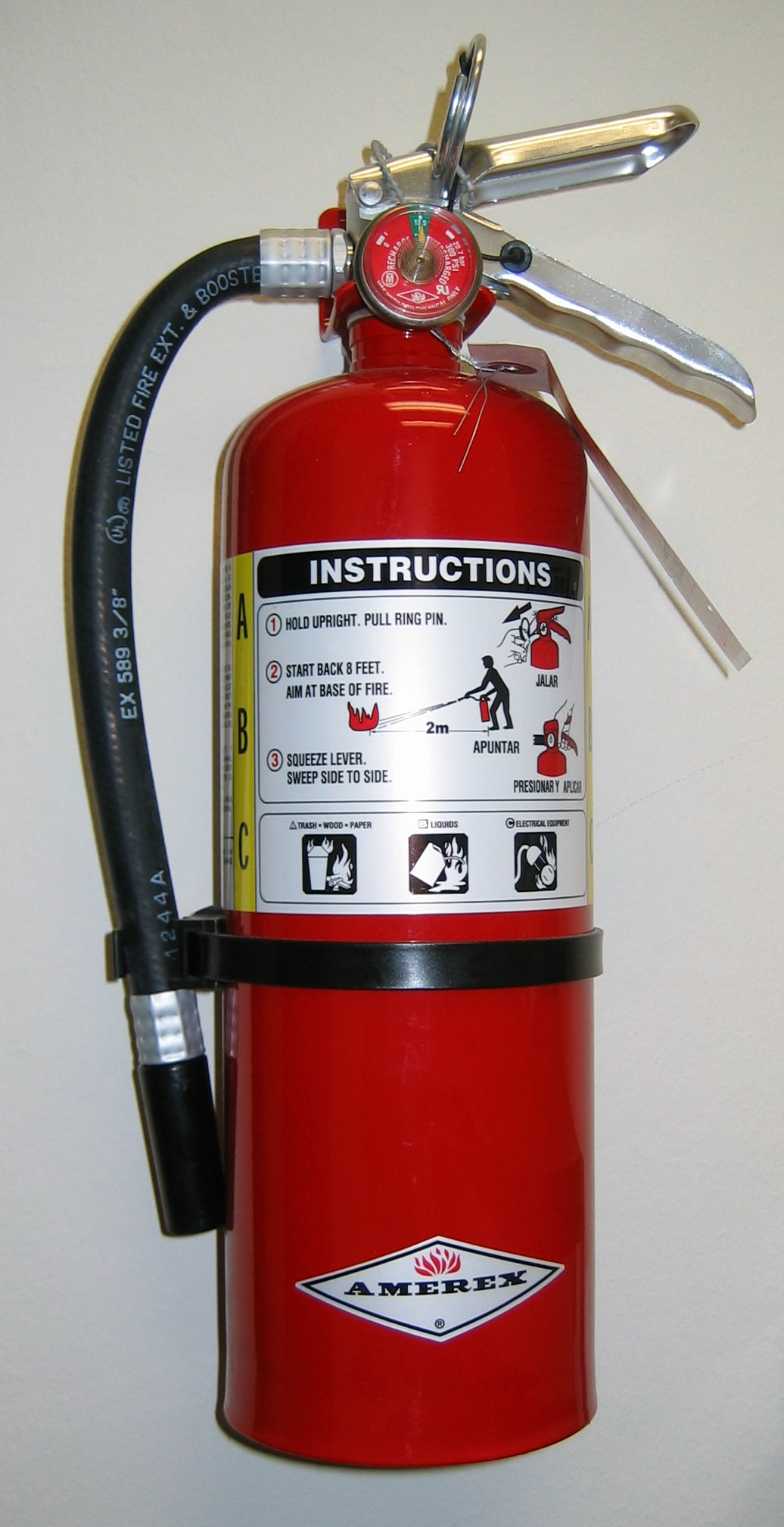Things that Are (and Are Not) Biohazard Materials
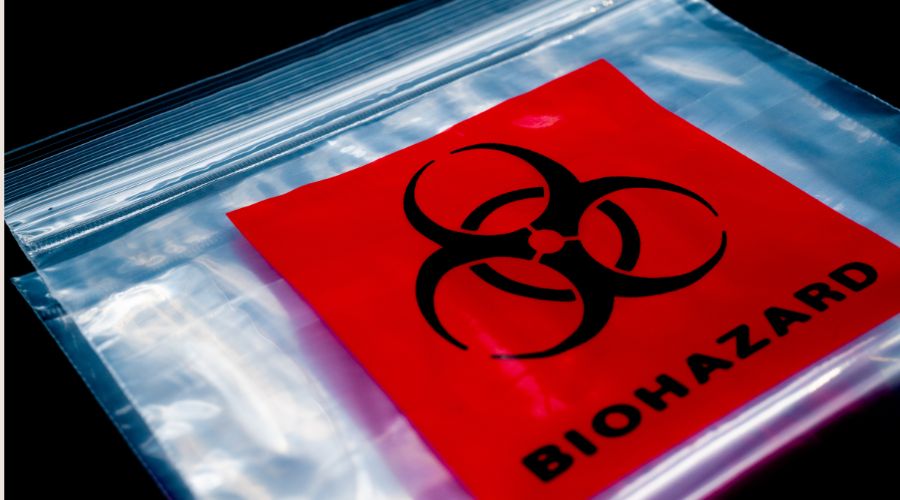
Biohazard materialsBiohazard materials are substances that pose a risk to human... More can be found everywhere, from the workplace to the classroom. These materials are defined as biological substances contaminated with potentially infectious agents. It’s important to differentiate between what constitutes biohazard materialsBiohazard materials are substances that pose a risk to human... More and what does not.
What is Biohazard?
Biohazards can be in the form of microorganisms, plants, animals, or their byproducts. A person, animal or even object that comes into contact with biohazard materialsBiohazard materials are substances that pose a risk to human... More can potentially become contaminated by them. As a result, it is critical that biohazard materialsBiohazard materials are substances that pose a risk to human... More be carefully and properly handled.
What are the Examples of Biological Hazards?
Medical facilities consistently produce biohazard waste, which includes various infectious materials such as blood and blood byproducts, blood transfusion bags, suction canisters, IV tubing, and laboratory agents (e.g., cultures or stocks) that may be contaminated with disease.
Hospitals, concentrated with individuals suffering from illnesses, are abundant with biohazard materialsBiohazard materials are substances that pose a risk to human... More. Any waste from the room of a patient diagnosed with a communicable disease is considered biohazard material.
Other types of biohazard materialsBiohazard materials are substances that pose a risk to human... More in a hospital setting include pathological waste (e.g., waste from biopsies) and sharp waste (e.g., needles, broken glass vials, and scalpels). Empty vials used to inject vaccines are also classified as biohazard material.
Liquid medical waste is common in medical facilities and is classified as biohazard material. This includes clinical specimen liquids, bodily fluids, and blood that may contain infectious materials. Specific examples of human body fluids commonly found in hospitals and considered biohazard materialsBiohazard materials are substances that pose a risk to human... More include cerebrospinal fluid, pleural fluid, semen, vaginal secretions, pericardial fluid, saliva, peritoneal fluid, and amniotic fluid from childbirth.
Medical personnel also produce biohazard materialsBiohazard materials are substances that pose a risk to human... More while treating patients. Items such as surgical masks, gowns, and gloves worn by doctors are deemed biohazard materialsBiohazard materials are substances that pose a risk to human... More after use. Swabs and gauze saturated with blood, bodily fluids, or other infectious agents are also considered biohazard materialsBiohazard materials are substances that pose a risk to human... More.
In addition to hospital settings, veterinary clinics are also abundant with a range of biohazard materialsBiohazard materials are substances that pose a risk to human... More. Animal waste, including carcasses and body parts, and bedding used by animals infected with pathogenic organisms fall into this category.
What are the Examples of Non-Biohazard Materials?
Non-biohazard materials are those that do not pose a risk of infectionInfection is the invasion and multiplication of harmful micr... More or disease transmission. Examples include:
- General Office Waste: Paper, cardboard, and other typical office waste products.
- Non-contaminated Packaging: Packaging materials such as plastic wraps, foam peanuts, and bubble wrap that have not come into contact with hazardous substances.
- Food Waste: Leftovers, food packaging, and other waste generated from meals that do not contain any hazardous components.
- Regular Household Waste: Items such as disposable plates, cups, utensils, and other household garbage that do not involve exposure to infectious agents.
- Non-contaminated Personal Protective Equipment (PPE)Personal protection equipment (PPE) is safety gear such as g... More: Gloves, masks, and gowns that have not been used in a context where they would be exposed to infectious materials.
- Non-hazardous Chemicals: Cleaning agents, office supplies, and other chemicals that do not pose a significant health risk when disposed of properly.
These materials can generally be disposed of through regular waste management systems without special handling procedures.
What are the Levels of Biohazard Waste?
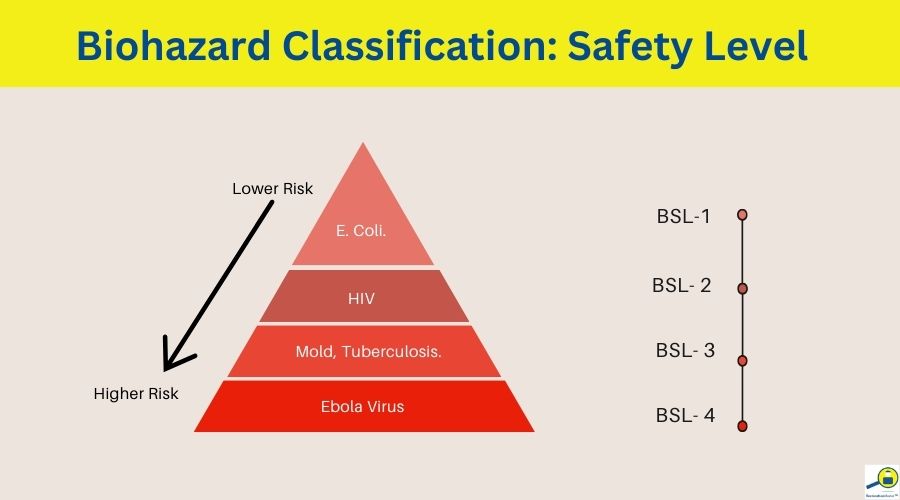
Handling biohazard waste is a critical process that demands meticulous attention to safety and regulatory standards to safeguard both human health and the environment. Here’s an approach on how biohazard waste should be responsibly managed:
- Segregation and Identification: Biohazard waste should be sorted immediately upon creation, using designated bins or containers marked with the recognizable biohazard symbol. This ensures clear identification and reduces the risk of accidental exposure.
- Use of Personal Protective Equipment (PPE)Personal protection equipment (PPE) is safety gear such as g... More: Anyone handling biohazard waste must wear appropriate PPE such as gloves, masks, gowns, and eye protection. This protective gear minimizes direct contact with potentially harmful materials.
- Safe Collection and Containment: Biohazard waste should be collected in strong, leak-proof containers that are resistant to punctures. These containers must be securely sealed to prevent spills or leaks during handling and transportation. Clear labeling with the biohazard symbol and waste type is essential.
- Disinfection and Decontamination: Surfaces and equipment that come into contact with biohazard waste should be regularly disinfected using approved disinfectants. This practice helps to eliminate any potential pathogensPathogens are microorganisms such as bacteria, viruses, or f... More and reduces the risk of contaminationContamination is the presence of harmful or unwanted substan... More.
- Transport and Storage: Transportation of biohazard waste should be carried out in specialized vehicles that meet stringent safety standards. Storage areas must be secure, well-ventilated, and inaccessible to unauthorized personnel to prevent any potential risks.
- Compliance with Regulations: It’s required to adhere strictly to local, state, and federal regulations governing the handling and disposal of biohazard waste. This includes proper documentation, obtaining necessary permits, and following specific guidelines based on the type of waste.
- Training and Awareness: All personnel involved in handling biohazard waste should undergo comprehensive training. This training covers safety protocols, emergency procedures, and the correct use of protective equipment. Regular refresher courses ensure that everyone stays informed and compliant.
- Disposal: Biohazard waste must be disposed of using approved methods such as incineration, autoclaving, or chemical treatment. The chosen method depends on the nature and classification of the waste. Disposal practices must meet environmental regulations to prevent any contaminationContamination is the presence of harmful or unwanted substan... More.
- Professional Cleanup Services: For larger or particularly hazardous waste, consider hiring professional biohazard cleanup services. These experts have the training and equipment to handle biohazard materialsBiohazard materials are substances that pose a risk to human... More safely and efficiently.
Biohazard Cleanup Services by RestorationMaster
